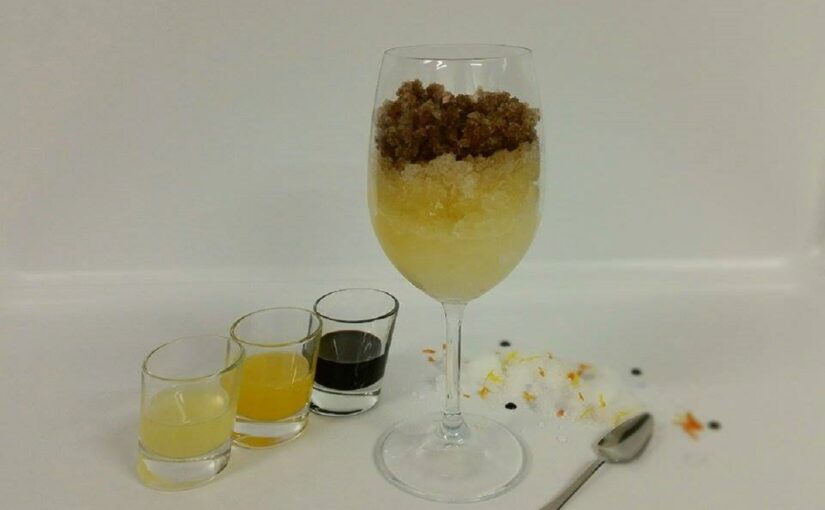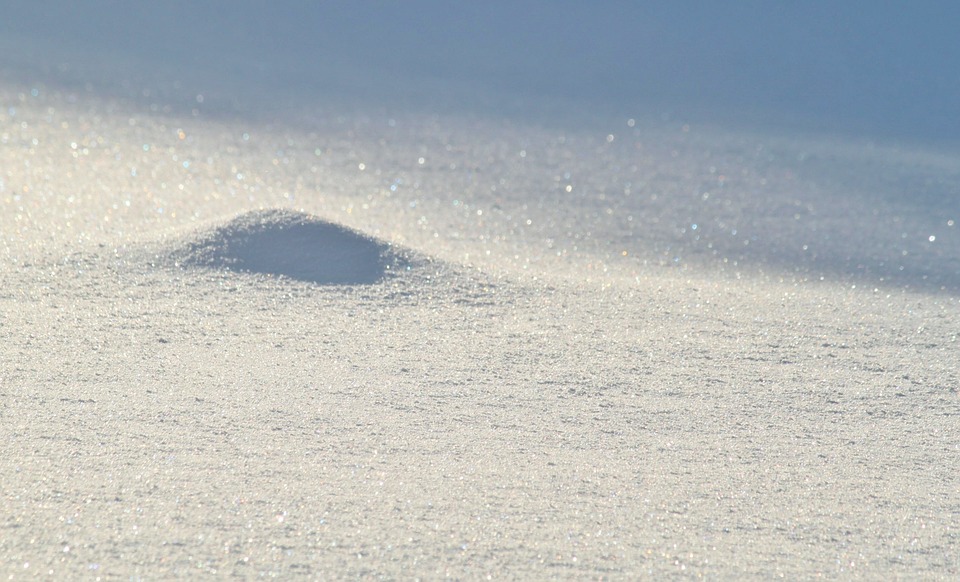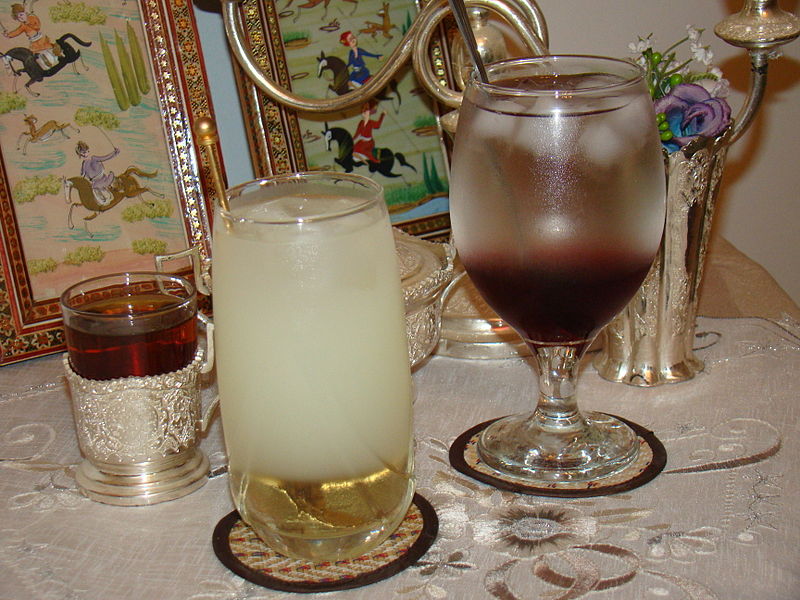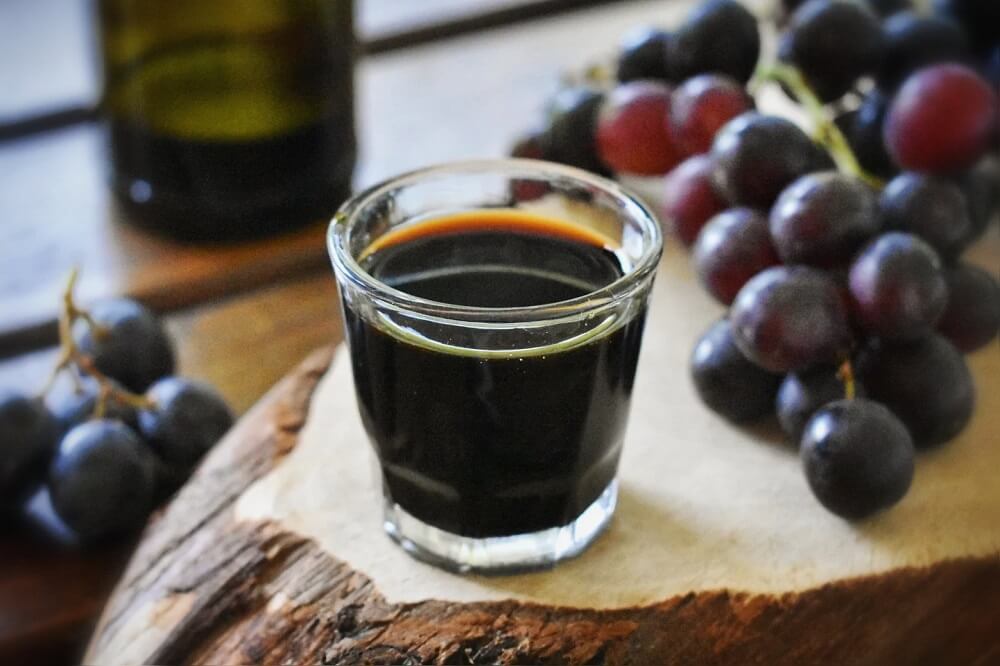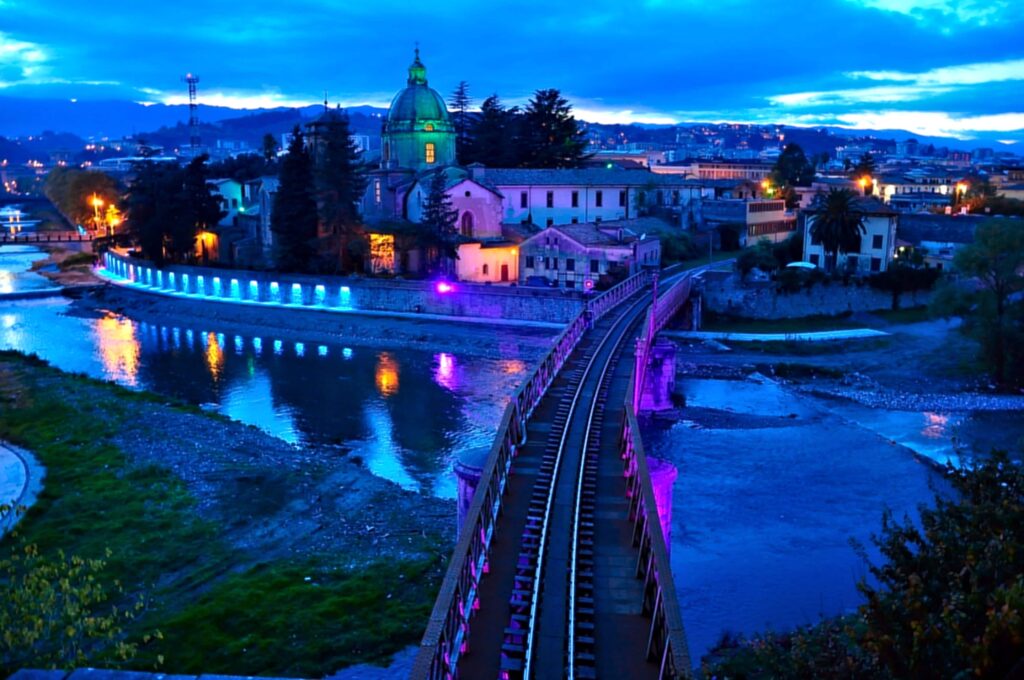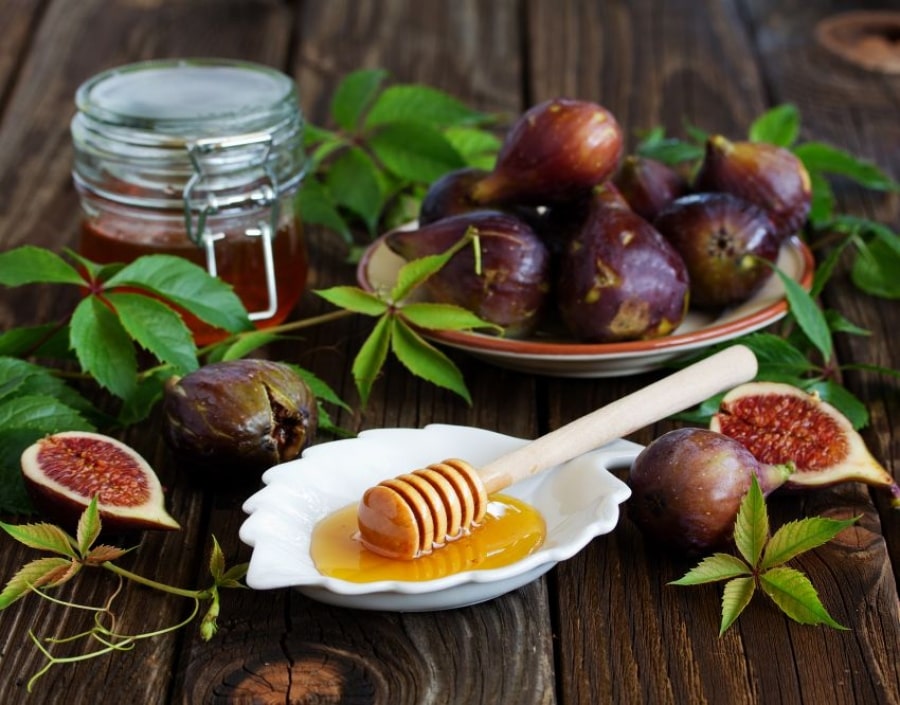27.4.2023
Identikit for an extraordinary fruit?
The SCIENTIFIC NAME is Citrus Bergamia Risso, from the Rutaceae FAMILY. It has been cultivated in CALABRIA since the mid-eighteenth century. The PLANT is a very strange fruit tree; in fact, it produces hesperides that are too bitter to be able to constitute a regular food, raw or cooked, and its economic importance derives almost exclusively from the essence.
ANSWER: It’s the bergamot!
ORIGINS
The origin is unknown and the botanical collocation controversial (one of the many citrus hybrids according to some, a mutation of the melangolo or lime according to others… but in the meantime it has reached the status of species); Italy, through Calabria, has almost the world monopoly. In fact, more than 80% of the production of bergamots comes from the lower Ionian of Reggio: a coastal arc that goes from Scilla to Monasterace, passing through places such as, among others, Villa San Giovanni, Melito di Porto Salvo, Bova, Branca Leone, Piati , Gerace, Siderno, Gioiosa and Roccella Ionica, Riace.
It seems that here, at the extreme tip of the boot (Melito is the southernmost municipality of peninsular Italy), the plant was already known in the sixteenth century, but the first specialized plant of which documentation exists dates back to 1750 on the coast of Reggio Calabria. The name, probably from the Turkish begarmundi (“pear of the lord”), would suggest a provenance from Asia Minor; the legends on the subject are more numerous than usual, including the imaginative hypothesis of a Bergamo origin. But it is not excluded that it is an ecotype that developed on site.
It is a tree three to four meters tall, with branches in which rudimentary thorns are sometimes found in the axils of the leaves, shiny and leathery. The numerous hermaphroditic flowers, mostly grouped in racemes, are white and very fragrant. The fruit, slightly larger than an orange, ranging in color from green to yellow depending on the degree of ripeness, has a peel with a floral, fresh and penetrating scent, very rich in essential oils. The pulp, divided into a number of segments ranging from 12 to 15, with few seeds, provides a very acidic and bitter juice.

SMAF LTD
Explore our products, coming from CALABRIA. Order the food and beverage products that allow you to explore the Mediterranean diet of a remarkable region. Surrounded by two seas and adorned with pine forests, mysterious villages, natural habitats, and rich biodiversity. Discover handcrafted delicacies that embody the soul of the land: sun-ripened fruits, premium olive oils, bold wines, artisanal cheeses, and traditional cured meats, all crafted with passion and authenticity.
PEDOCLIMATIC NEEDS
Sun for 300 days a year, hot summers without rain, mild winters, very rainy early spring and late autumn: this is the climate of southern Calabria overlooking the Ionian, evidently ideal for cultivation. Bergamot tolerates heat well, not excessive or scarce rainfall and sudden changes in temperature: below 10 °C, development stops and, if young, the plant dies. As for soils, it prefers medium-textured, deep, fertile and well-drained ones, with a pH between 6.5 and 7.5.

CULTIVATION INDICATIONS
The plant to be cultivated is obtained by grafting onto bitter orange (melangolo) or trifoliate (poncirus). It has an average productive life of 25 years: it begins to bear fruit at 3, reaches its maximum at 8. It needs water, as well as in the first years of growth, in spring and autumn: but on the Ionian coast the seasonal rains are enough, so that the Irrigation is only necessary in very dry summers. As and more than ever, water stagnation must be avoided, otherwise the root system will rot.
SEASONALITY
On the Calabrian coast, bergamots are harvested between November and January.
IN THE GARDEN OR IN A POT
In commercial plants, bergamots spend the first year of their life in pots (where they must remain if cultivated at an amateur level in the internal Apennine regions or in the North), then they are buried in the most sunny and bright position possible, at 4-5 meters away from each other. To shelter them from the strong winds that blow from the Strait all year round, dense and tall rows of pine are planted in the Reggio area on the side towards the sea.
NUTRITIVE PROPERTIES
Like all citrus fruits, the fruit contains high quantities of vitamins (C, A, B), mineral salts, polyphenols and other antioxidant elements. If you manage to drink it, the juice is refreshing, invigorating, eupeptic. In popular medicine, the peel was used to combat respiratory diseases and for its analgesic, healing, antiseptic, bactericidal and vermifuge properties. Further, according to recent studies, the extract would be able to keep the “bad” cholesterol at bay and increase the “good” one.

STORAGE
The rules are practically superfluous, since fresh bergamot is a rarity: if “it comes into your possession, it is advisable not to keep it in the refrigerator but in a cool place (ideal temperature 8-10 °C). dry and dark.
USES
Bergamot almost never arrives on the table, also because it can be purchased sporadically in retail, only from producers who keep some for self-consumption, selling the bulk of the harvest to the industry for transformation into essence.
The curious can experiment with it in juices, in wedges in salads, as a condiment for meat and fish – instead of lemon -, as a corrective for drinks (some well-known black tea blends are flavored with bergamot), zest with which to decorate cocktails. Attempts to encourage fresh consumption appear to have had some success in the “Italian ice cream parlors” of various countries around the world.
The main use concerns the essences extracted from the peel, but also from the flowers, leaves and younger branches. Obtained by mechanical pressing, with peeling machines defined for centuries as “Calabrian”, bergamot essential oil is a precious product: two quintals of fruit are needed to obtain one kilo. The one worked on the Ionian coast of Reggio, to which the DOP (protected designation of origin) has been recognised, is exported all over the world. The main, and oldest, destination is the perfume industry, as a component of cologne and toilet waters, to which it gives, by fixing the aromatic bouquet , a fresh and citrus note sometimes considered essential, they also obtain drugs and phytotherapeutic remedies . Complementary essential oil products they are neroli (distillate of flowers, for soaps and moisturizing creams) and petit-grain (distillate of twigs and leaves, for perfumes and bath foams). Vaguely gastronomic applications have the aromas extracted from the rind, used in liqueurs and confectionery, sometimes also to “season” drinks, baked sweets, pastes, olive oils.
ITALIAN AND CALABRIAN EXCLUSIVE
In world production, Calabria is followed at a great distance by some southwestern American states (California, Arizona, Nevada) and by Brazil, Argentina, Israel. But in Calabria bergamots are different from those grown in those territories, because in this region they have been growing for centuries along about eighty kilometers of the Ionian coast. From the peel of foreign fruits, which has a certainly lower oil content, a less valuable essence is obtained – reinforced” in poor-quality perfumes with further synthetic substances. The lobbies of the European chemical industry have attempted to multiply their business, proposing to reduce the concentration of essential oils by law from 12 to 0.1%, which would have favored foreign fruits and meant the end of the DOP product of Reggio Calabria.Fortunately, the great perfume houses – Chanel, Dior, Guerlain – agreed they sided with the Calabrian consortium: once the attack was thwarted, the story confirmed in some respects that the “real” bergamot is only an Italian citrus fruit, indeed an exclusive Calabrian one.
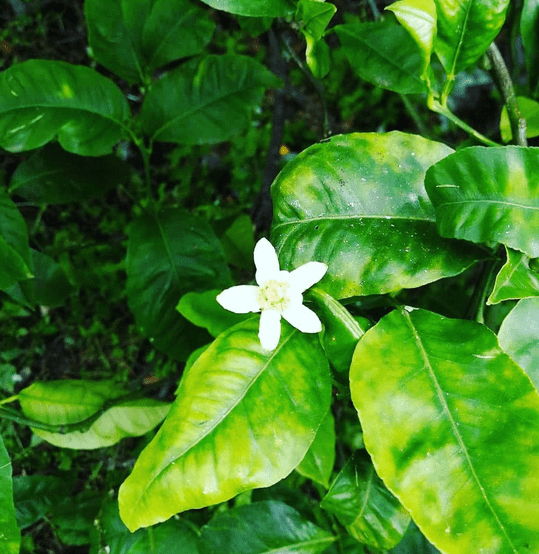
A SCENTED COAST
The Reggio coast bathed by the Ionian Sea is often called the Riviera dei Gelsomini, a term that includes the geographical denomination of Locride. Further, the territory hands down the memory of a thriving production such as that of bergamot. In fact, throughout the province of Reggio Calabria, especially along the coastal strip between Punta Stilo (municipality of Monasterace) and Capo Spartivento (municipality of Palizzi), from the 1920s to the middle of the last century, both bergamots and jasmines grow, the latter beautiful climbing plants of Caucasian origin, whose flowers were mainly destined for the perfume industry (evidently the “smelling” vocation of the area is not limited to bergamot!). At the harvesting, manual, almost only women and girls (the jasmine groves) were employed, the product was worked on site and the essence, together with that of the bergamot, was exported halfway around the world, above all to France, constituting an important source of income for residents. An activity that has practically disappeared, even if in some towns in the area there are still some laboratories where oil is still extracted from jasmine petals.
CALABRIAN CULTIVARS
Fantastic
CHARACTERISTICS: it is the most cultivated variety on the 1500 hectares of the Calabrian coastal area planted with Bergamot, covering 75% of the production. It is a medium-large, pear-shaped fruit, very rich in essential oils.
RIPENING : November-January
Femminello
FEATURES: Slender, fast-growing tree, more productive than others but not very long-lived, with relatively high thermal and water requirements. Medium-small spherical fruit with smooth skin
RIPENING November-January
Castagnaro
FEATURES: Very vigorous and long-lived variety, resistant to wind, characterized by a strong alternation of production. Large and wrinkled fruit
RIPENING November-January


